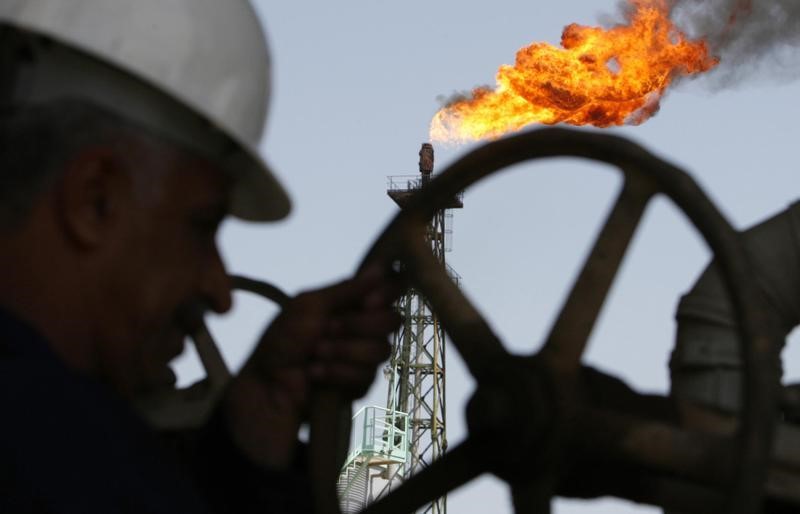Bitcoin price today: rises above $111k amid easing trade jitters; US CPI on tap
Investing.com-- Oil prices edged lower in Asian trade on Friday after a sharp rally in the previous session, remaining on track for a weekly surge as fresh U.S. sanctions on Russia’s major oil companies and a new European Union sanctions package raised supply-disruption fears.
As of 21:47 ET (01:47 GMT), Brent Oil Futures expiring in December fell 0.6% to $65.63 per barrel, while West Texas Intermediate (WTI) crude futures also declined 0.6% to $61.44 per barrel.
Both contracts surged more than 5% on Thursday and were set to gain nearly 7% for the week.
Fresh US, EU sanctions against Russian oil boost prices
The U.S. on Wednesday imposed Ukraine-related sanctions on Rosneft and Lukoil, Russia’s two largest publicly traded oil firms. The Treasury Department said the action aims to curb the Kremlin’s war-funding capacity via oil revenues.
The companies together account for a substantial portion of Russia’s production and export capacity.
Those sanctions triggered concerns about market flows, as media reports showed that refiners in China and India -- major buyers of Russian barrels -- started suspending or sharply cutting imports from Russia in response.
At the same time, the European Union approved its 19th sanctions package against Russia, including a phased ban on Russian liquified natural gas (LNG) imports and further restrictions targeting vessels and financial transactions linked to Moscow’s oil network.
"We must wait and see if these latest sanctions are more effective or if Russia can circumvent them, as it did with curbs earlier this year. Regardless, a tougher stance on Russia by the US administration marks a shift in policy," ING analysts said in a recent note.
US-China trade tensions, US CPI data in focus
Beyond the energy corner, investors were monitoring geopolitics and macro factors. The White House confirmed that U.S. President Donald Trump will meet Chinese President Xi Jinping on Oct. 30 during an Asia-Pacific summit, as trade tensions between the world’s two largest economies simmer.
The meeting has offered a slight relief to global markets by raising hopes of de-escalation.
Meanwhile, attention turns to the U.S. Consumer Price Index, due later on Friday, as the government shutdown has delayed some economic prints and raised demand-side questions.
The print will be crucial to assess the Federal Reserve’s rate outlook, where the central bank is expected to cut rates by 25 basis points next week.
